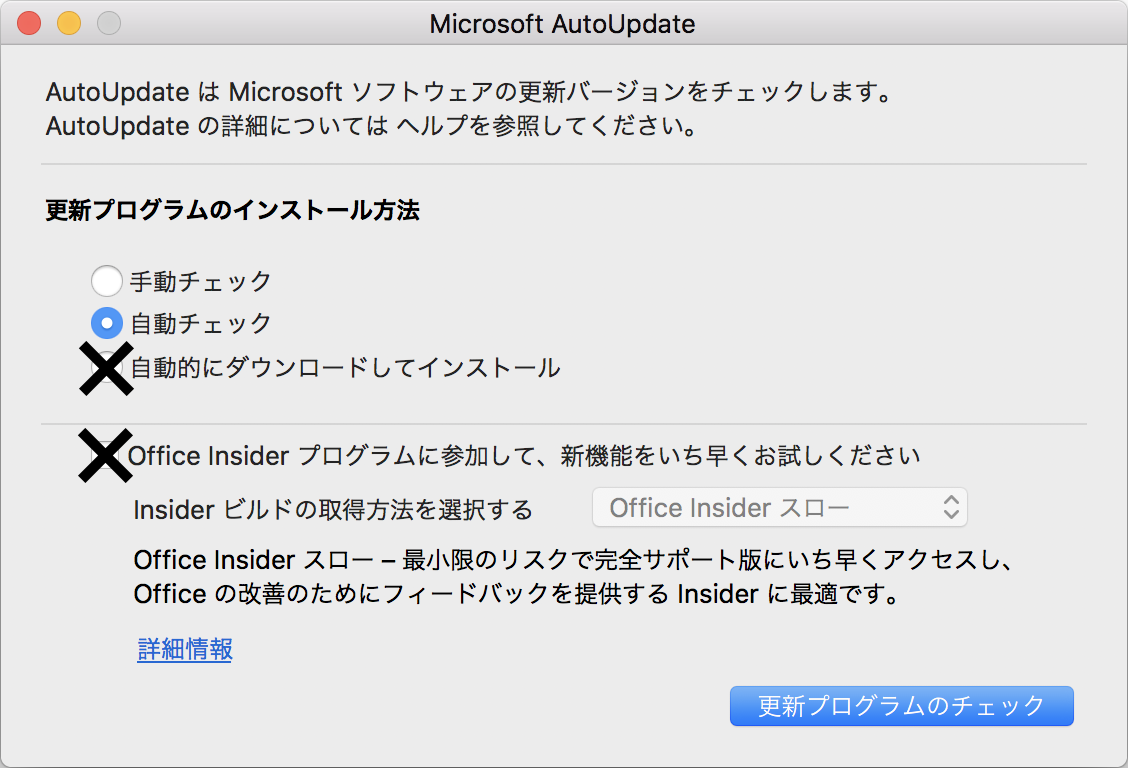

#Word 2016 for mac 使用教學 mac os x#
To use this Office keyboard shortcut, you must first turn off the Mac OS X keyboard shortcut for this key. This keyboard shortcut conflicts with a default Mac OS X key assignment. Select multiple cells, columns, or rows that are not next to each other Hold down SHIFT and press the UP ARROW or DOWN ARROW key repeatedly Hold down SHIFT and press an arrow key repeatedlyĬlick in the column's top or bottom cell. + SHIFT + F8, and then use the arrow keys press + PERIOD to cancel selection modeį8, and then use the arrow keys press + PERIOD to cancel selection mode Select the first item that you want, hold down, and then select any additional items For example, + RIGHT ARROW moves the cursor to the next word, and + SHIFT + RIGHT ARROW selects the text from the cursor to the beginning of the next word.īy selecting multiple items that are not next to each other

TIP If you know the key combination to move the cursor, you can generally select the text by using the same key combination while holding down SHIFT. + FN + LEFT ARROW (on a MacBook keyboard) + FN + RIGHT ARROW (on a MacBook keyboard) + FN + DOWN ARROW (on a MacBook keyboard) Run GOTOBUTTON or MACROBUTTON from the field that displays the field results Switch between all field codes and their results The Check spelling as you type check box must be selected ( Word menu, Preferences command, Spelling and Grammar).
#Word 2016 for mac 使用教學 update#
Update linked information in a Word source documentĮxtend a selection or block (then press an arrow key)įind the next misspelling or grammatical error.
#Word 2016 for mac 使用教學 code#
Switch between a field code and its result. Under Personal, click Exposé & Spaces. Under Keyboard and Mouse Shortcuts, on the pop-up menu for the shortcut that you want to turn off, click –.Ĭhange letters to upper, lower, or mixed caseĬhoose the Thesaurus command ( Tools menu) On the Apple menu, click System Preferences. To use this Office keyboard shortcut, you must first turn off the Exposé keyboard shortcut for this key. This keyboard shortcut conflicts with a default Exposé key assignment in Mac OS X version 10.3 or later. Under Keyboard and Mouse Shortcuts, on the pop-up menu for the shortcut that you want to turn off, click –. Click the Keyboard Shortcuts tab, and then clear the On check box for the key assignment that you want to turn off.


NOTE If you are using a MacBook, to use a function key, you must press the fn key (the lower left key on the keyboard) at the same time.Ĭhoose the Spelling and Grammar command ( Tools menu) On the Macros in pop-up menu, click Word commands, and then in the Macro name box, type ListCommands, click Run, and then select the options that you want. To list all Word commands and keyboard shortcuts, on the Tools menu, point to Macro, and then click Macros. The following list includes keyboard shortcuts for only the most common tasks. For information about changing the key assignment of a keyboard shortcut, see Mac Help for your version of the Macintosh operating system or see your utility application. The settings in some versions of the Macintosh operating system and some utility applications might conflict with keyboard shortcuts and function key operations in Office. Keyboard shortcuts for laptop computers might also differ. Keys on other keyboard layouts might not correspond to the keys on a U.S. Keyboard shortcut descriptions refer to the U.S. For example, when you press + P the Print dialog box opens. You can quickly perform tasks by using keyboard shortcuts - one or more keys that you press on the keyboard to complete a task. Word keyboard shortcuts About keyboard shortcuts


 0 kommentar(er)
0 kommentar(er)
